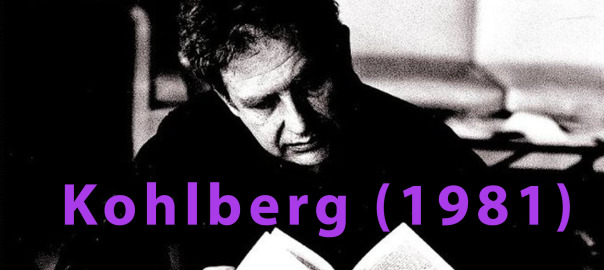Brunner et al,. (1993) – ‘Abnormal behaviour associated with a point mutation in the structural gene for monamine oxidase A,’ Science 262 (S133), 578-80.
Background
This is the second study we look at from the ‘Biology’ section of ‘Turning to Crime’. As part of your OCR A2 Psychology Exam. It is further categorised into ‘Genes and Serotonin.’
How much do genes and neurotransmitters contribute to the development of criminal behaviour? As this study is from the biological section, you may not be surprised to find out that genes and serotonin are central to the study. “Studies of aggressive behaviour in animals and humans have implicated altered metabolism of serotonin, and to a lesser extent dopamine, and noradrenaline [also known as norepinephrine] . Continue reading Brunner et al,. (1993) – Genes and Serotonin
